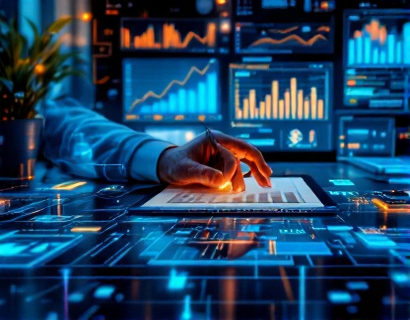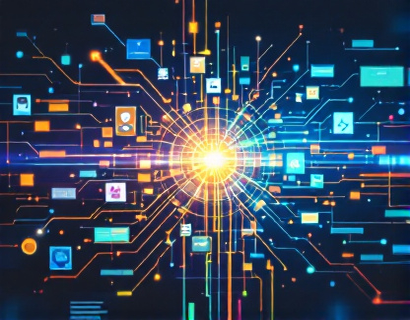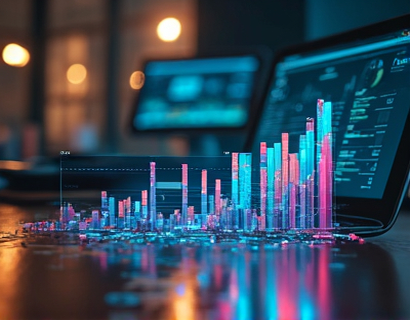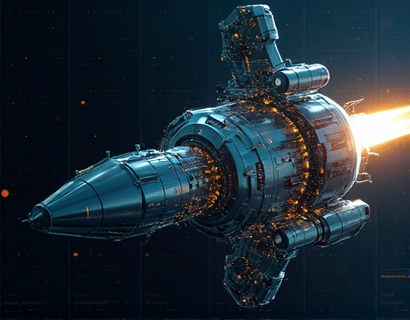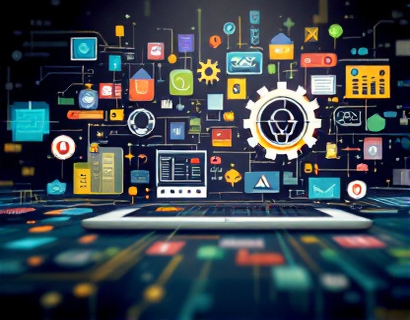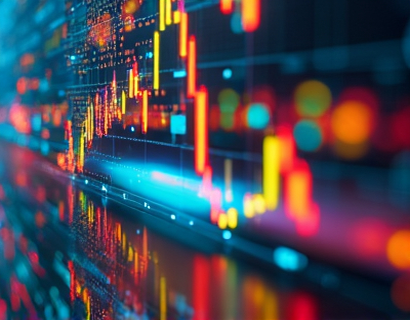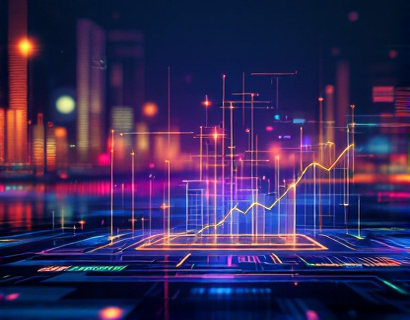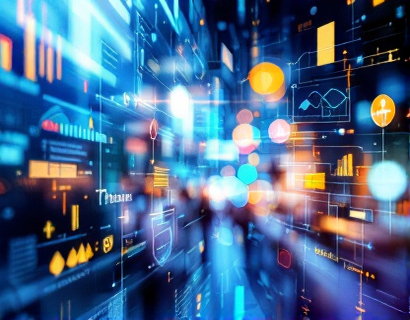AI and Crypto: Revolutionizing Finance and Technology with Next-Gen Innovations
The intersection of artificial intelligence (AI) and cryptocurrency is ushering in a new era of financial and technological innovation. This fusion is not only enhancing user experiences but also redefining industry standards across various sectors, particularly in FinTech. As we delve into this transformative landscape, it's essential to understand the foundational technologies and their applications, as well as the potential future developments that could shape our digital world.
Foundations of AI and Cryptocurrency
Artificial intelligence, a branch of computer science, focuses on creating systems that can perform tasks requiring human intelligence, such as learning, reasoning, and problem-solving. AI technologies include machine learning, natural language processing, and computer vision, each playing a crucial role in the evolution of digital solutions.
Cryptocurrency, on the other hand, is a digital or virtual currency that uses cryptography for security. It operates on a decentralized network, typically a blockchain, which ensures transparency and immutability. Bitcoin, launched in 2009, was the first and most well-known cryptocurrency, but thousands of others have since emerged, each with unique features and use cases.
Enhancing Security with AI
One of the most significant contributions of AI to cryptocurrency is in the realm of security. Blockchain networks, while inherently secure, are not immune to attacks. AI algorithms can detect and mitigate fraudulent activities by analyzing patterns and anomalies in transaction data. Machine learning models can be trained to identify suspicious behavior, such as unusual transaction volumes or patterns that deviate from the norm, thereby enhancing the overall security of the network.
Moreover, AI can improve the security of private keys and wallet management. By implementing biometric authentication and behavioral analysis, AI can ensure that only authorized users access sensitive information. This multi-layered security approach is crucial in a landscape where cyber threats are increasingly sophisticated.
Optimizing Trading and Investment Decisions
The integration of AI in cryptocurrency trading has revolutionized the way investors make decisions. Traditional trading relies heavily on technical and fundamental analysis, which can be time-consuming and prone to human error. AI-driven trading platforms use advanced algorithms to analyze vast amounts of data in real-time, identifying trends and making predictions with a level of accuracy that surpasses human capabilities.
These platforms can execute trades automatically based on predefined criteria, known as algorithmic trading or automated trading systems (ATS). By leveraging AI, traders can capitalize on market opportunities more efficiently, reducing emotional biases and increasing the potential for higher returns. Additionally, AI can provide personalized investment recommendations by analyzing a user's risk tolerance, investment goals, and market conditions.
Smart Contracts and Decentralized Applications
Smart contracts are self-executing contracts with the terms of the agreement directly written into code. They run on blockchain networks and automatically enforce and execute the terms when predefined conditions are met. AI enhances smart contracts by adding layers of complexity and intelligence, enabling more sophisticated and dynamic agreements.
Decentralized applications (dApps) built on blockchain technology benefit greatly from AI integration. These applications can offer a wide range of services, from decentralized finance (DeFi) platforms to gaming and social media. AI can improve user interactions, optimize resource allocation, and enhance the overall functionality of dApps. For instance, AI can predict user behavior and tailor the user experience accordingly, making dApps more intuitive and user-friendly.
Improving User Experience through AI
The user experience in the crypto space can be significantly enhanced through AI. User interfaces can be designed to adapt to individual preferences and behaviors, providing a more personalized and seamless experience. Chatbots powered by natural language processing (NLP) can assist users with queries, transactions, and educational content, reducing the learning curve associated with complex blockchain technologies.
Furthermore, AI can analyze user data to offer insights and recommendations, helping users make informed decisions. For example, AI-driven analytics can track a user's trading history and suggest optimal strategies or alert them to potential risks. This level of personalized support is invaluable in a market that can be overwhelming for newcomers.
Scalability and Efficiency
One of the major challenges facing blockchain technology is scalability. As the number of transactions increases, the network can become congested, leading to slower processing times and higher fees. AI can play a pivotal role in addressing these issues by optimizing network performance and resource allocation.
AI algorithms can predict network congestion and dynamically adjust parameters to maintain optimal performance. For instance, they can manage transaction prioritization, ensuring that critical transactions are processed first. Additionally, AI can enhance the efficiency of consensus mechanisms, reducing the computational power required for validating transactions and thereby lowering energy consumption.
Market Prediction and Risk Management
AI's ability to analyze vast datasets and identify patterns makes it an invaluable tool for market prediction and risk management. By processing historical data, news feeds, social media sentiment, and other relevant factors, AI models can forecast market trends with greater accuracy. This predictive capability allows investors to make more informed decisions, potentially avoiding significant losses and capitalizing on emerging opportunities.
Risk management is another area where AI shines. By continuously monitoring market conditions and transaction data, AI can assess and mitigate risks in real-time. This is particularly important in the volatile cryptocurrency market, where rapid price fluctuations can lead to substantial financial losses. AI-driven risk management systems can set alerts, automate hedging strategies, and provide actionable insights to minimize exposure.
Future Innovations and Trends
The future of AI and cryptocurrency is promising, with several emerging trends poised to further revolutionize the landscape. One such trend is the development of AI-powered decentralized autonomous organizations (DAOs). DAOs combine the decentralized nature of blockchain with AI-driven decision-making, allowing for more efficient and transparent governance structures. These organizations can automate various functions, from financial management to strategic planning, reducing the need for intermediaries and enhancing trust among members.
Another exciting development is the integration of AI with non-fungible tokens (NFTs). NFTs, which represent unique digital assets, can be enhanced with AI to create more interactive and dynamic experiences. For example, AI-generated art and content can be tokenized, offering artists new ways to monetize their work and collectors unique ownership opportunities.
Furthermore, the rise of central bank digital currencies (CBDCs) presents a new frontier for AI and cryptocurrency. CBDCs, digital versions of traditional fiat currencies, can leverage AI to improve payment systems, enhance financial inclusion, and combat illicit activities. AI can optimize the distribution and management of CBDCs, ensuring a smooth and secure transition from traditional currencies.
Conclusion
The synergy between AI and cryptocurrency is transforming the financial and technological landscape, offering unprecedented opportunities for innovation and growth. From enhancing security and optimizing trading to enabling smart contracts and improving user experiences, the potential applications are vast and varied. As these technologies continue to evolve, we can expect even more groundbreaking developments that will shape the future of finance and technology. Embracing this revolution is essential for anyone looking to stay ahead in the digital age.








